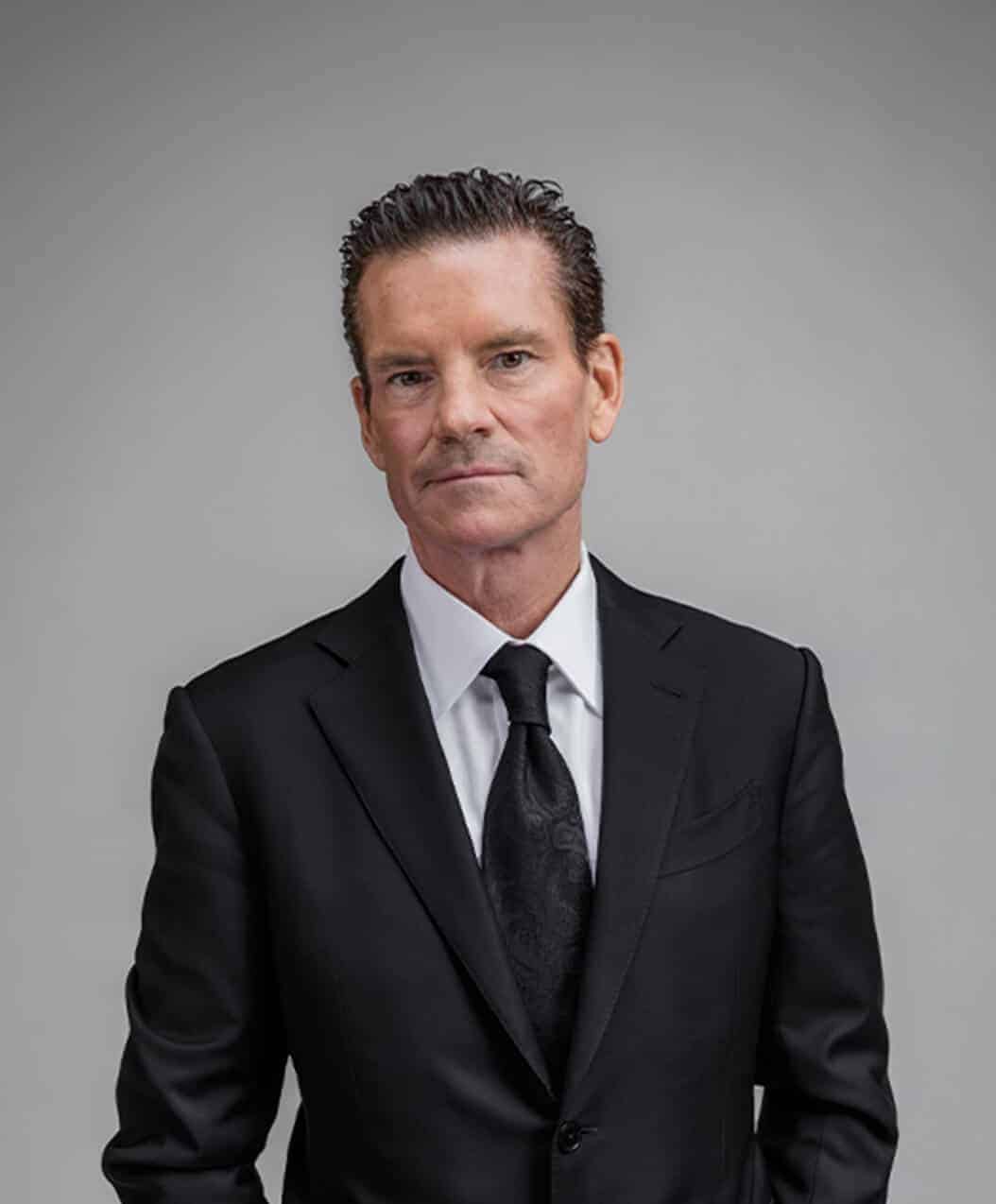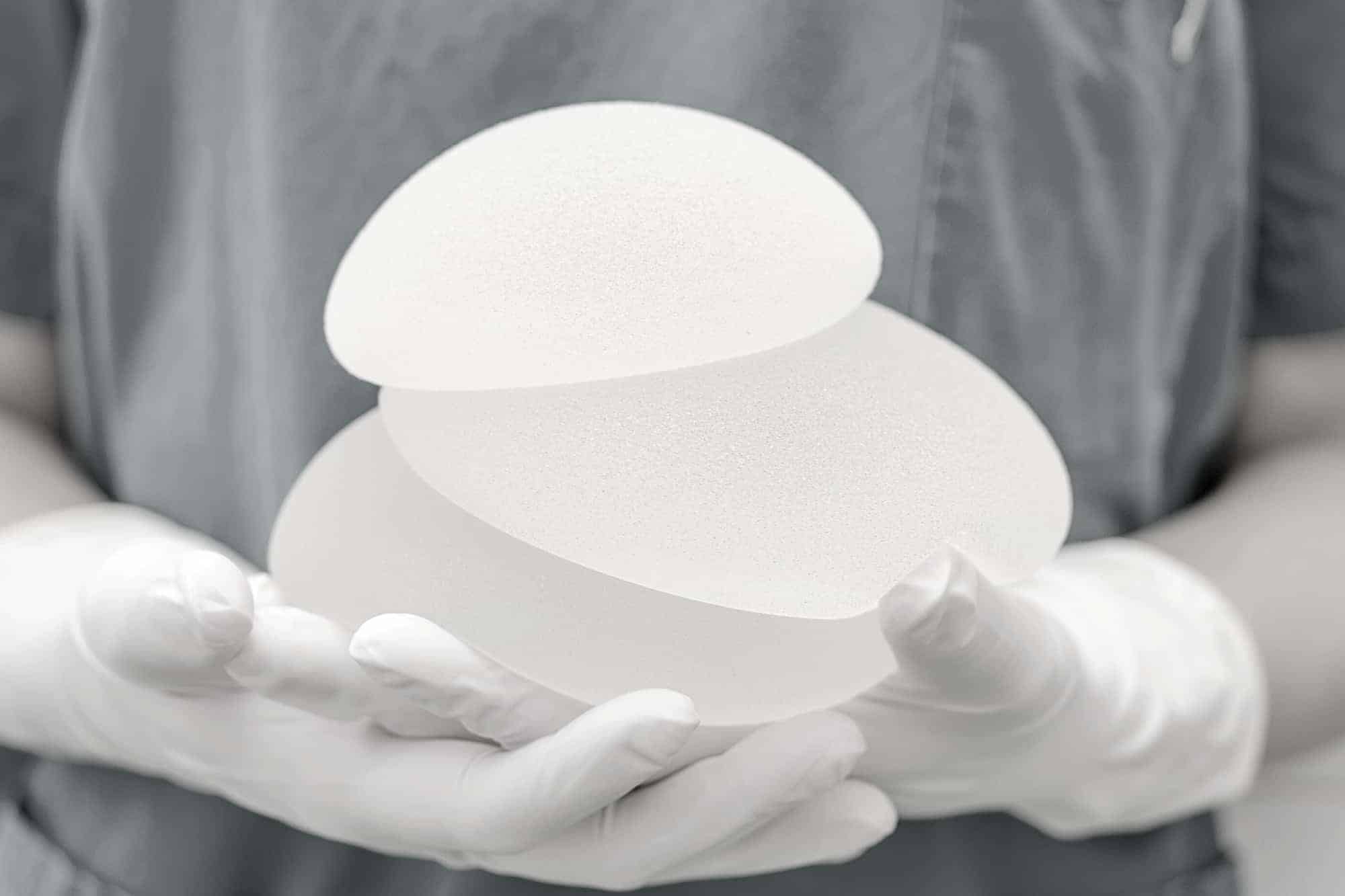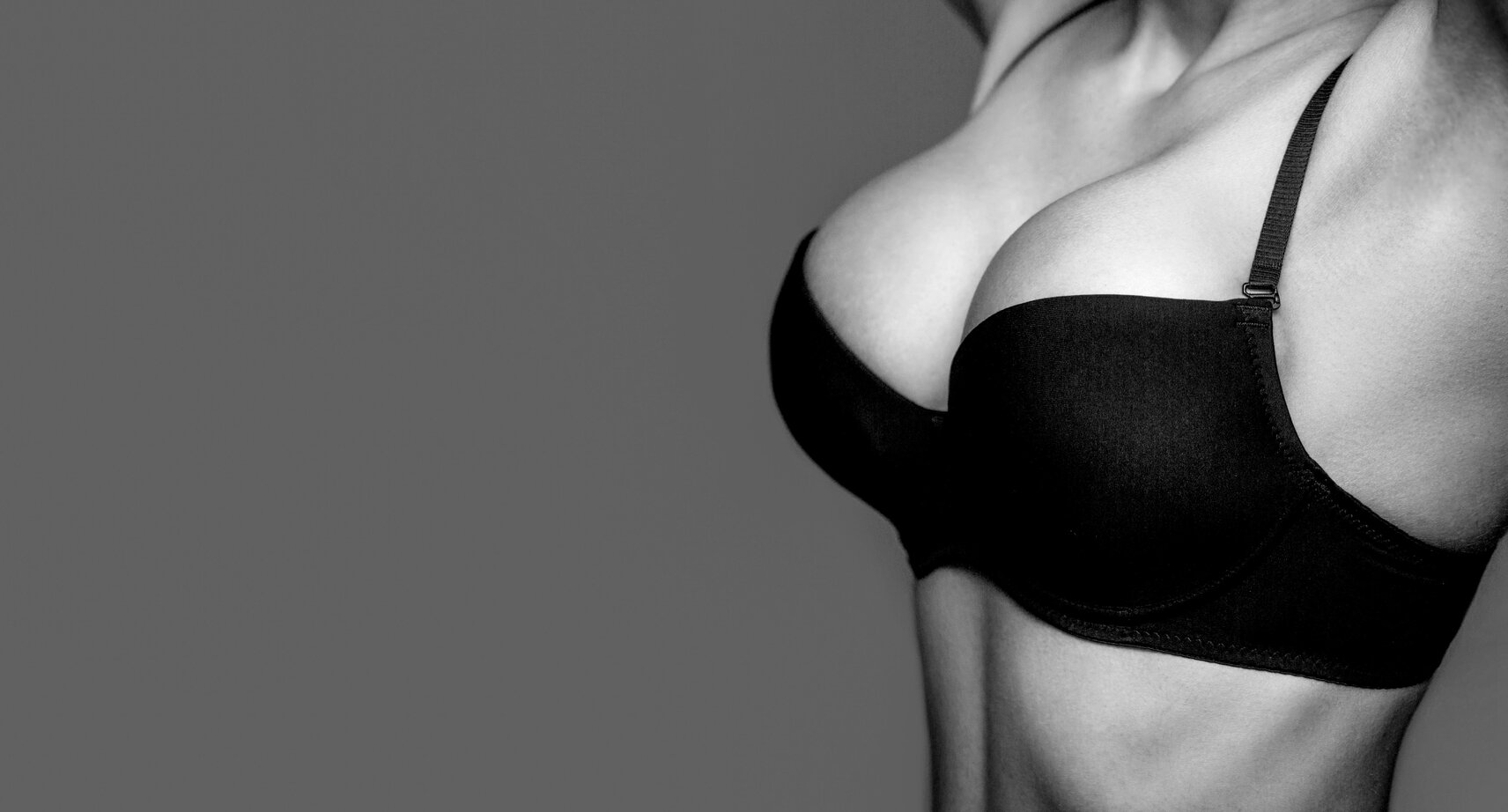July 1st, 2025
Dr. Mulholland, Md
Overview
When you’ve patiently waited for the day of your rhinoplasty to arrive, it can be frustrating to know it’ll be a few more weeks until you’ll be able to show off your new facial aesthetic.
Once the rhinoplasty procedure is completed, patients need to follow the recovery process to allow the nose and the surrounding tissue time to heal.
All good things do come to those who wait, and it’s important not to rush things, but there are some top tips to speed up your rhinoplasty recovery.
Follow these ten steps, and you’ll be on track to a smoother and faster recovery.
Rhinoplasty Recovery Timeline
Of course, the rhinoplasty recovery timeline varies from person to person and the degree of surgery performed; more drastic changes using advanced techniques require more extensive downtime than a minimal touch-up, for example. But, generally, for the bridge changes, it takes six weeks for swelling and bruising to subside and the results to appear natural.
For the cosmetic enhancement of the nasal tip the swelling and edema persists longer that the bridge, but the nasal tip will often appear pleasing in 6-12 weeks, but the final result of the tip and overall nasal-facial improvement can take 12-18 months. If you want to learn about male rhinoplasty and recovery, click here.
As a general rule, we tell our rhinoplasty patients to follow this timeline for recovery:
3-7 Days After Surgery: Internal packing is removed, but bruising and swelling are still prominent under the eyes, a process called “racoon eyes”.
1 Week After Surgery: The nasal cast and steri strips are removed, as are any external sutures. The minimal scarring from external/open rhinoplasty is healed and barely visible. Patients can, at this point, return to work and apply makeup.
3 Weeks After Surgery: Most swelling and bruising have cleared from the bridge, allowing patients to attend events feeling less self-conscious. If anyone asks, you “hit your nose on a door”, or were injure during soft ball.
6 Weeks After Surgery: Physical activities can be resumed, and the reshaped nose begins to appear natural.
52 Weeks Post Rhinoplasty. The nasal tip has finally settled and true cosmetic results are usually apparent.
Tips to Speed up Rhinoplasty Recovery Time
The rhinoplasty recovery timeline is lengthy, so, what can you do to speed it up?
1) Listen to Your Doctor
Following the procedure, your surgeon will provide you with a detailed plan and post-op instructions on what medications to take and activities to avoid. It’s important that patients carefully follow the advice.
2) Keep Your Head Elevated
In that first 1-3 weeks, keeping your head elevated when sleeping can limit additional bruising and swelling. Sleep with your head propped up for six weeks after the procedure to speed up your recovery.
3) Use Cold Compress
In the days following the procedure, apply a cold compress on the swelling. Apply the compress to the cheeks and not on the nose itself – this can inadvertently shift bones and cartilage.
4) Get Plenty of Rest
As always, rest is an essential part of recovery. Get enough sleep at night and ask for help with daily tasks and chores. This ensures all of your body’s energy is being used to heal itself.
5) Healthy Diet
A healthy, balanced diet is always a plus for our health, and a diet filled with protein and vitamins is vital to give your body the nutrients it needs to heal.
6) Keep the Swelling Down with a Low-Sodium Diet
What you eat can have a big impact on your recovery after surgery. A diet rich in fruits, veggies, and fiber helps speed up healing, while cutting back on sodium can make a noticeable difference in reducing post-op swelling—especially in the nasal tip. While you’ll likely get instructions to follow a low-sodium diet after your procedure, it’s smart to start making these changes a few weeks beforehand to help your body adjust.
7) Say No to Hot and Spicy Foods
Craving a fiery dish? You’ll need to hit pause on the heat after your rhinoplasty. Spicy foods can spike your blood pressure, which may lead to bleeding and slow down your recovery. Plus, they can irritate your nose and stomach, which is the last thing you want during the healing process. Stick to mild, soft foods like soup, mashed potatoes, and pudding for at least a week post-surgery to keep things smooth.
8) Avoid Exercises
The nose is extremely fragile following surgery, so rigorous exercise is only recommended after six weeks. Wait until you get the green light to resume and then ease back into your workout routine.
9) Don’t Blow Your Nose
After rhinoplasty surgery, patients will experience nasal congestion for a few weeks (caused by swollen tissue). Patients should resist nose blowing to ensure they don’t disrupt the healing and, as for sneezing, patients are advised to sneeze through the mouth to protect the fragile nasal passages.
10) Avoid Sun Light
Prolonged sun exposure is always ill-advised, but, after a nose job, it’s especially important. Too much sun can cause scarring to darken and swelling to increase.
11) Skip the Glasses for Now
If you’re a glasses wearer or love your sunnies, you’ll have to go without them for about a month after rhinoplasty. Why? Your nasal bridge needs time to heal, and even light pressure from glasses can affect the shape of your nose and slow down recovery. But if you absolutely need them to see, don’t worry—you’ve got options. Try taping your glasses to your forehead or adding a bit of padding between the frames and your nose to keep the pressure off. After about four weeks, you should be good to go and can rock your specs like normal.
12) Don’t Wear Glasses
Anything that puts pressure on your nose can cause additional bruising and swelling, including your glasses. Switch to contact lenses if possible and, if not, use your lightest frames only when necessary.
13) No Smoking After the Surgery
Smoking should be stopped two weeks leading up to the rhinoplasty procedure and two weeks after. The nicotine limits blood flow, interfering with your body’s recovery and increasing the risk of complications.
Learn More About Rhinoplasty
The skilled and experienced team at the Toronto Plastic Surgeons always provide rhinoplasty patients with a detailed plan of what to expect in the weeks following surgery.
Alongside supportive recovery efforts in the weeks that follow, to get the best rhinoplasty results, and fastest recovery it’s important to choose the best surgeon possible.
Dr. Roskies is one of Toronto’s brightest young stars, well-respected, and highly-trained Facial Plastic Surgeons, known for his exceptional talent in the rhinoplasty field. Schedule a consultation with us today to find out how our successful rhinoplasty techniques work to give you outstanding results.



